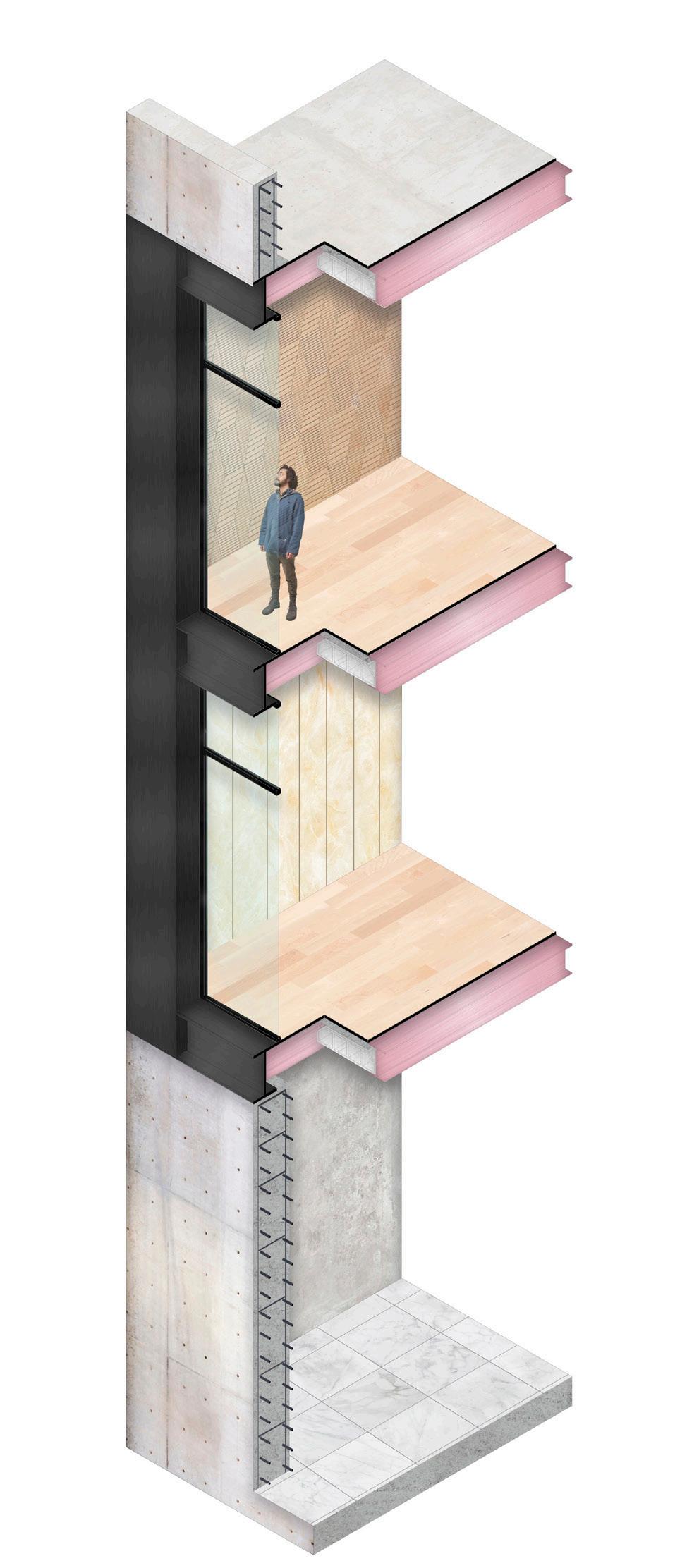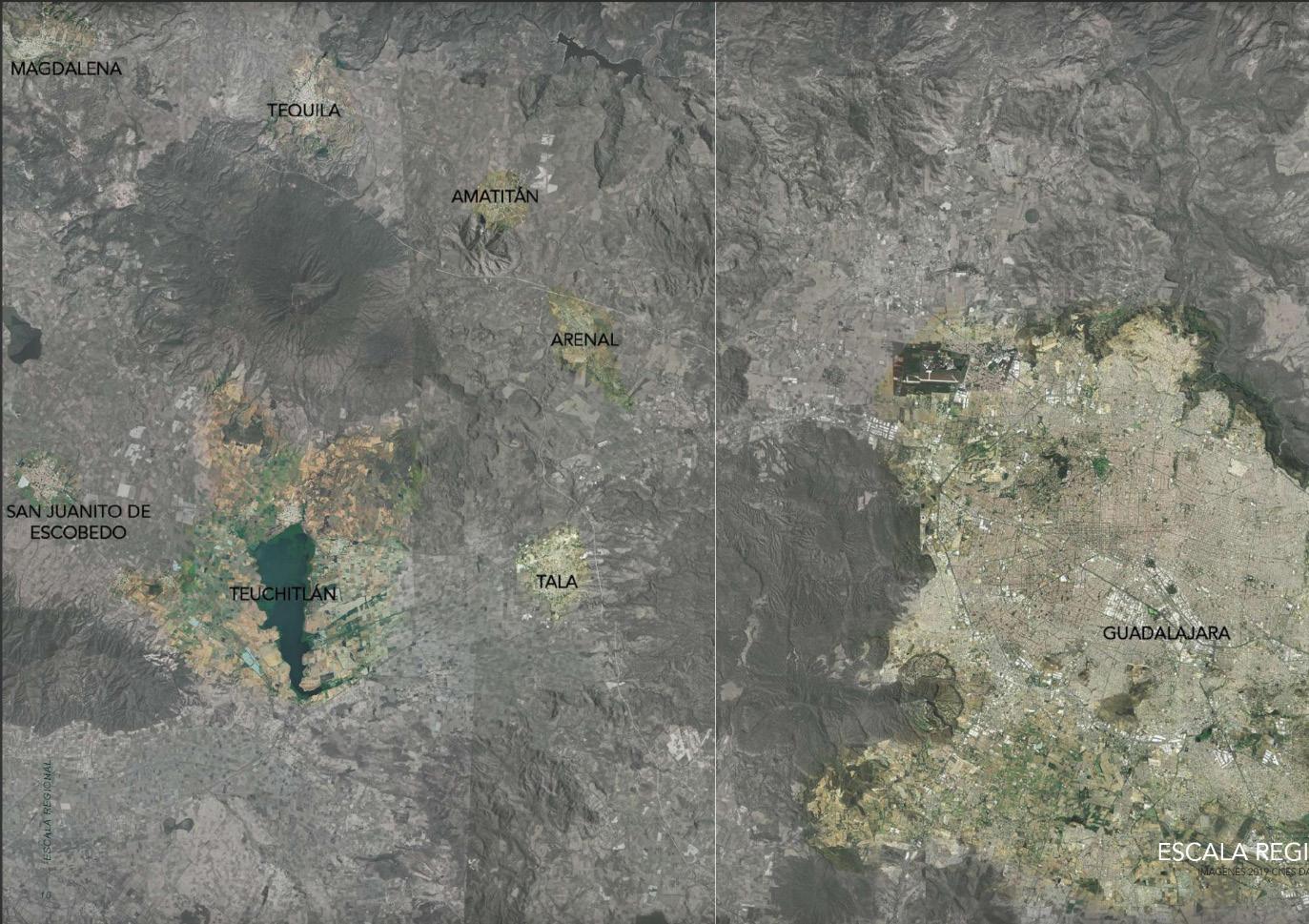
3 minute read
TEUCHITLÁN
from Portfolio
Rural Tourism
Project Members:
Advertisement
Arq. Valeria Reséndiz
Arq. Alethia López
Arq. Itzel Morales
Arq. Paul Hermosillo
LA VEGA DAM
This study work focuses on the municipality of Teuchitlan, its towns and its large body of water: La Vega Dam. Diagnoses found and problems observed in the visits to the site are presented, which leads to a series of strategies of care and conservation of the environment as well as the search for the participation of the communities within the municipality and the way they can benefit through a type of tourism: rural community tourism.
Teuchitlan, along 4 other municipalities (El Arenal, Amatitan, Tequila and Magdalena) are part of the Agavera Region in the state of Jalisco, which, after a lot of efforts was registered on the list of World Heritage at the 30th Conference of the of the World Heritage Committee of UNESCO, that took place in Vilnius, Lithuania from the 8th to the 16th of July, 2006.
It is the intergovernmental treaty to maintain the ecological characteristics of its wetlands of international importance and plan the rational and sustainable use, by countries and non-governmental organizations.
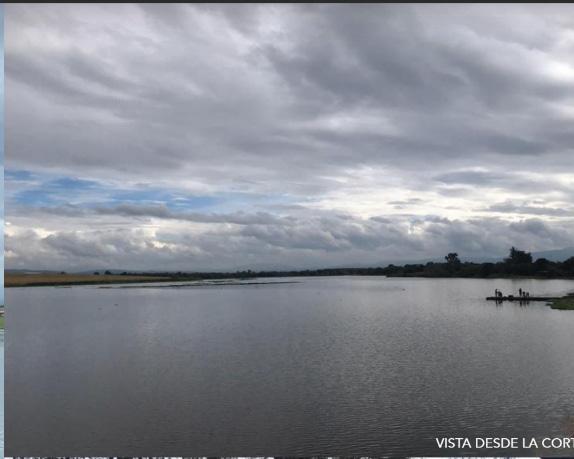
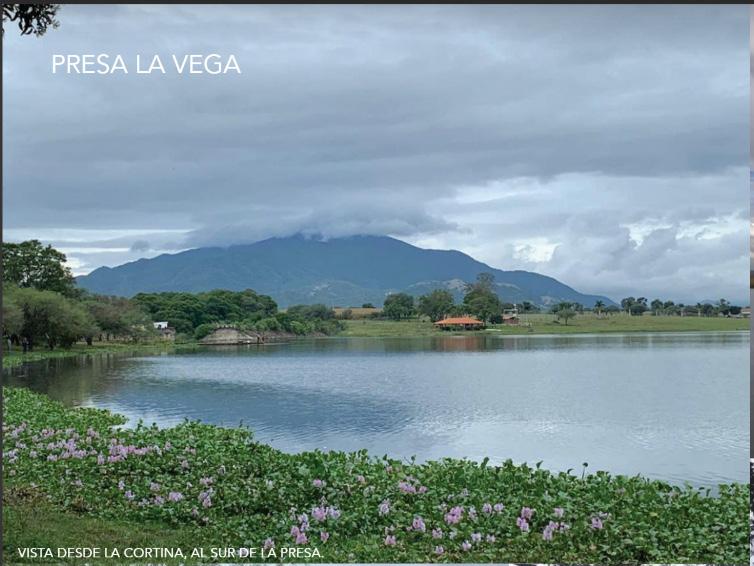
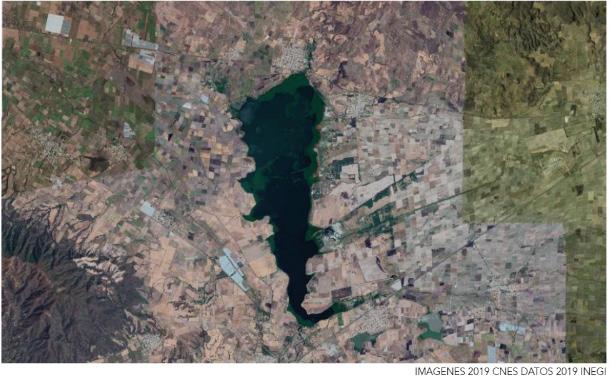
Designated as RAMSAR site the 2nd of February of 2010, La Vega Dam was built for irrigation and flood control purposes between 1952 and 1956, it is the largest body of water in the Valles Region, corresponding to the State of Jalisco (CONAGUA, 2008). It is an artificial wetland of notable socio-economic importance for the region, as it is the collection and distribution point for irrigation users of the District of Ameca, as well as for being a source of work for the fishing and tourism sectors, strongly linked to the natural environment.
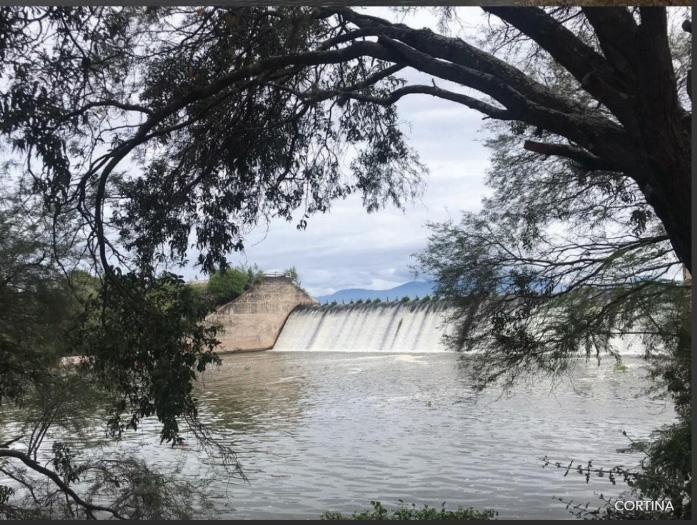
Respecting the socio-cultural authenticity from host communities, preserving their cultural, architectural and traditional assets, in addition to contributing to the understanding and tolerance from cultural encounters.
Economically efficient
Ensure long term economic activities to provide a well distributed income within the host communities, create job opportunities and improve the basic services.
Environmentally sustainable
Optimal use of natural resources, which are fundamental for the touristic development. Comply with the essential processes to preserve and encourage the growth of natural resources and biodiversity.
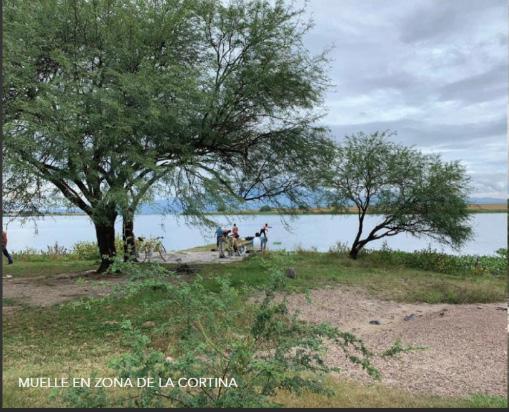
Human Negligence
-Lack of connectivity between municipalities.
-Lack of legal personality to manage resources and a regulations that indicates the distribution of powers and responsibilities.
-Lack of inclusion of the female sex in decision-making.
-Non existing informative signage about the RAMSAR site.
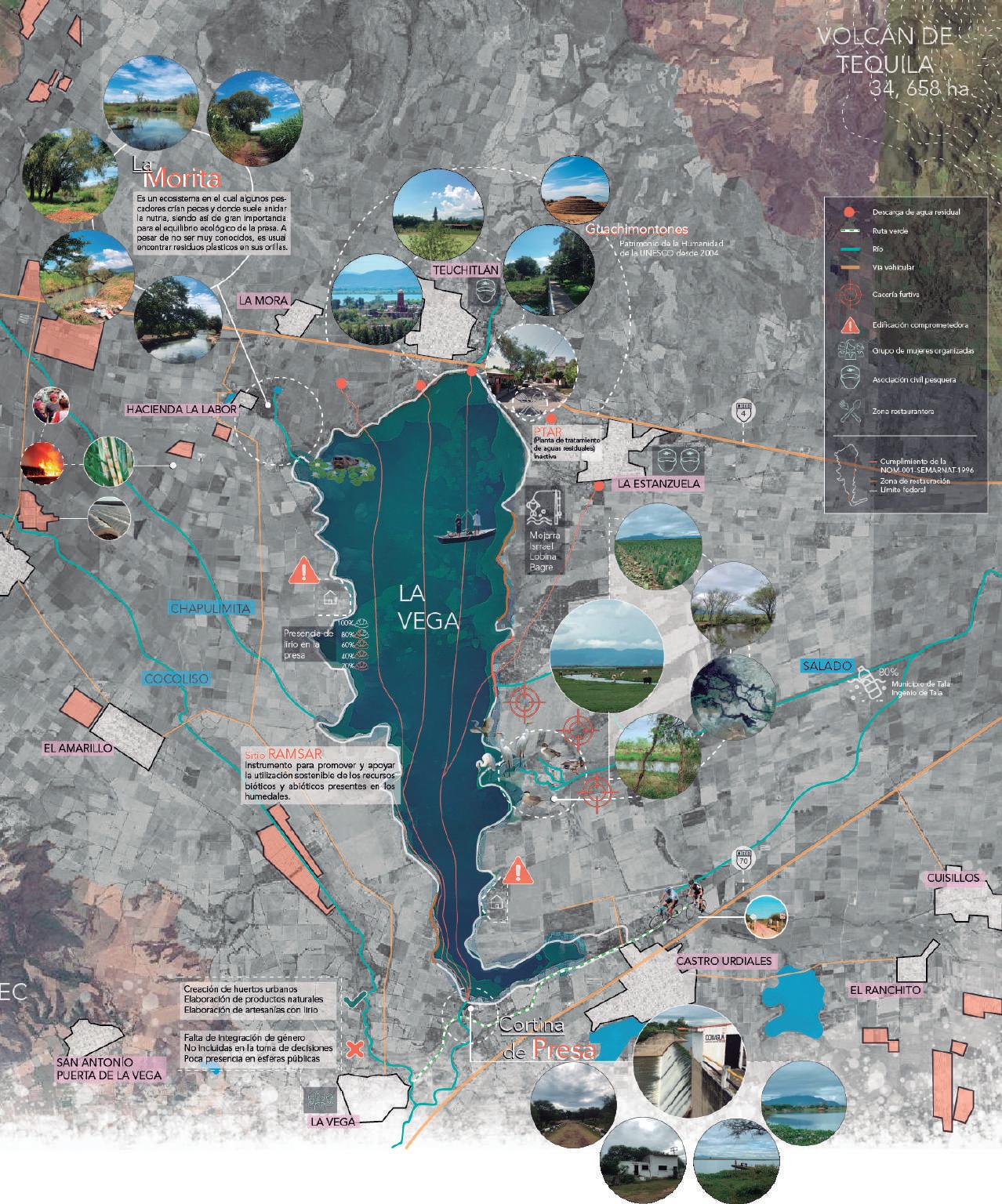
DAMAGE TO BODIES OF WATER AND FAUNA
-Wastewater treatment plant out of service.
-Loss of native species due to high levels of pollutants in the water.
-Excess of aquatic weed.
-Difficulty for breeding and releasing fishes.
-Decrease in fishing, one of the main economic incomes of the municipality.
-Poaching of migratory birds.
SOIL EFFECTS
-Deforestation.
-Destruction of the habitat of protected species.
-Lack of crop rotation.
-Soil desertification by agrochemicals used in berry plantations.
-Pollution from burning and cane residues.
-Trespassing of federal limit for real estate.
A. PIER TEUCHITLAN
- Environmental Interpretation Center
- Pier (Restaurant area)
- Dock (Kayaking)
- Sighting tower
B. LA MORITA
- Environmental Education Center
- Pilot parcel against erosion
- Water bodies: La Morita & El Tajo.

C. CHAPULIMITA
- Sighting tower
- Pilot parcel, agroecological techniques
- Camping
- Fishing (artisanal fishing)
- Medical unit
D. CORTINA LA VEGA
- Sighting tower
- Dock (Kayaking)
- Grill area
- Environmental Education Unit
- Medical unit
E. RIVER SALADO
Tributary of the river Salado.
- Artificial Wetland
F. LA ESTANZUELA
- Camping
- Dock (Kayaking)
- Restaurants fishermen´s cooperatives
- Breeding and release unit for native fish species
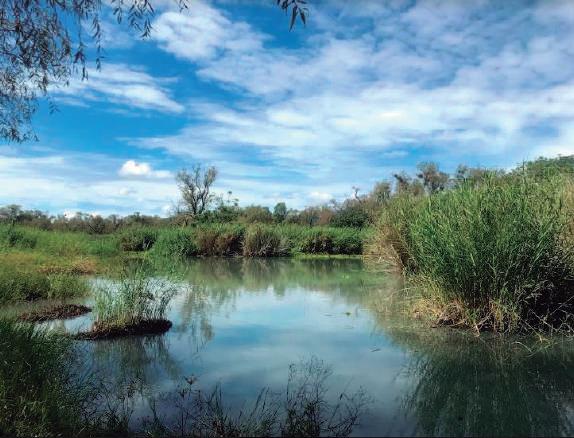

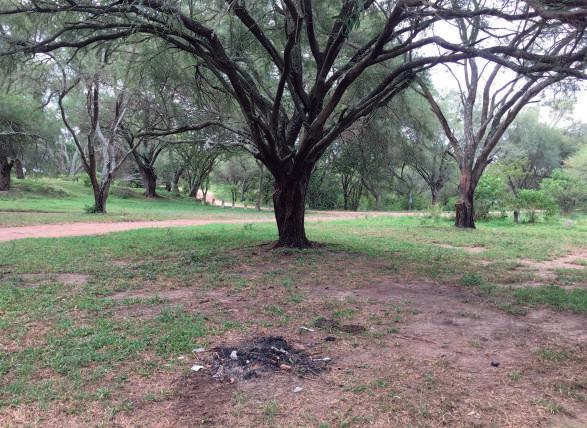


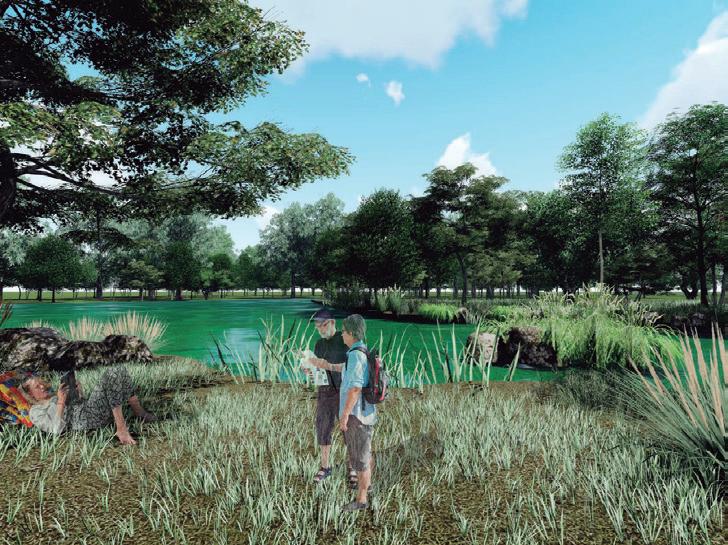

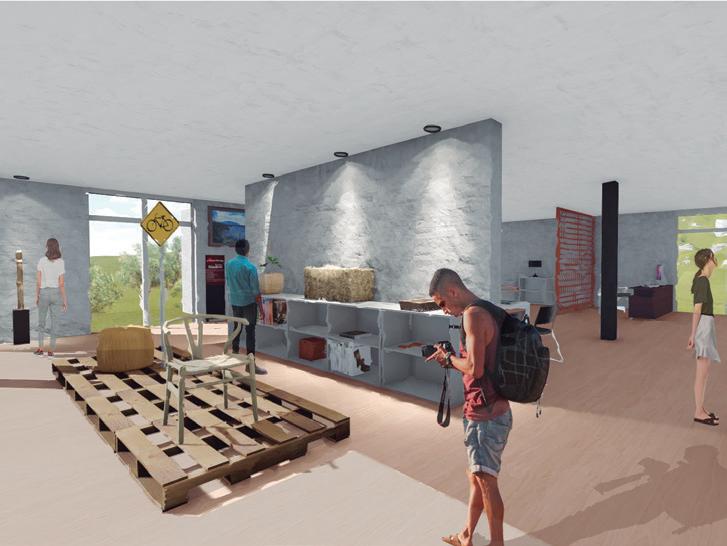
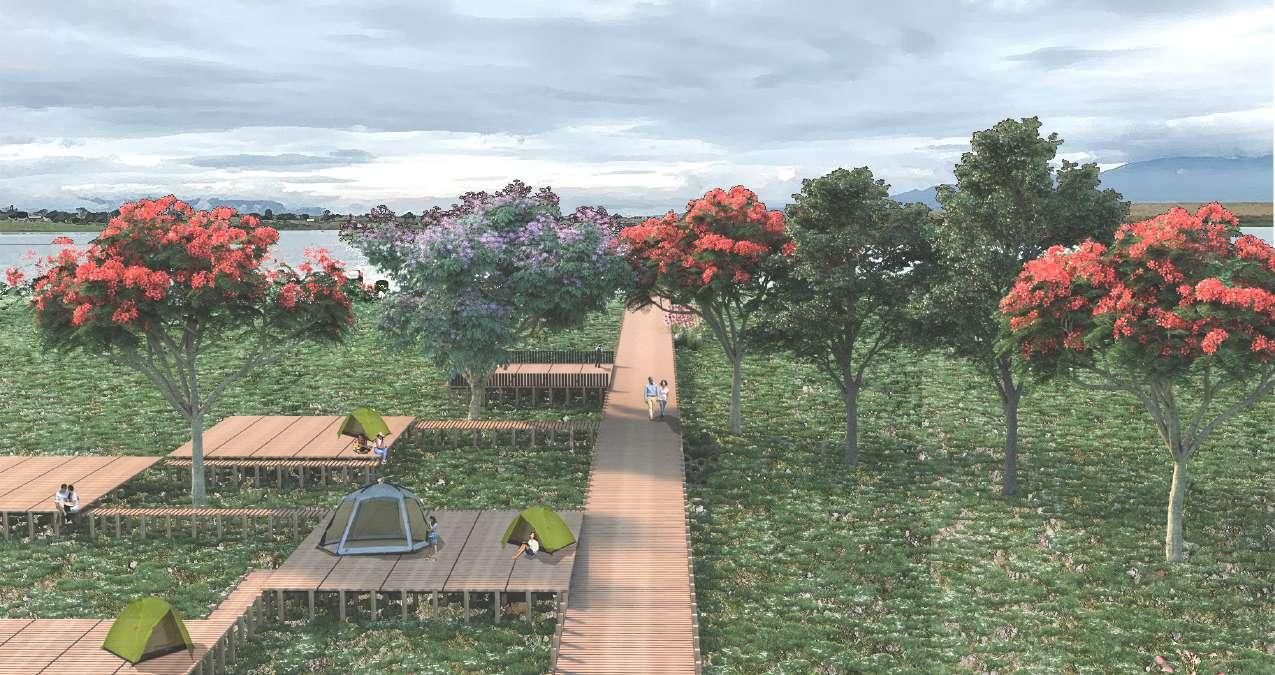

Youth Center
RESILIENT PLACE WITHIN THE CITY
SPACES.
Morelos Park is the oldest and most emblematic park in Guadalajara, located just a few steps from the historic center on Calzada Independencia.
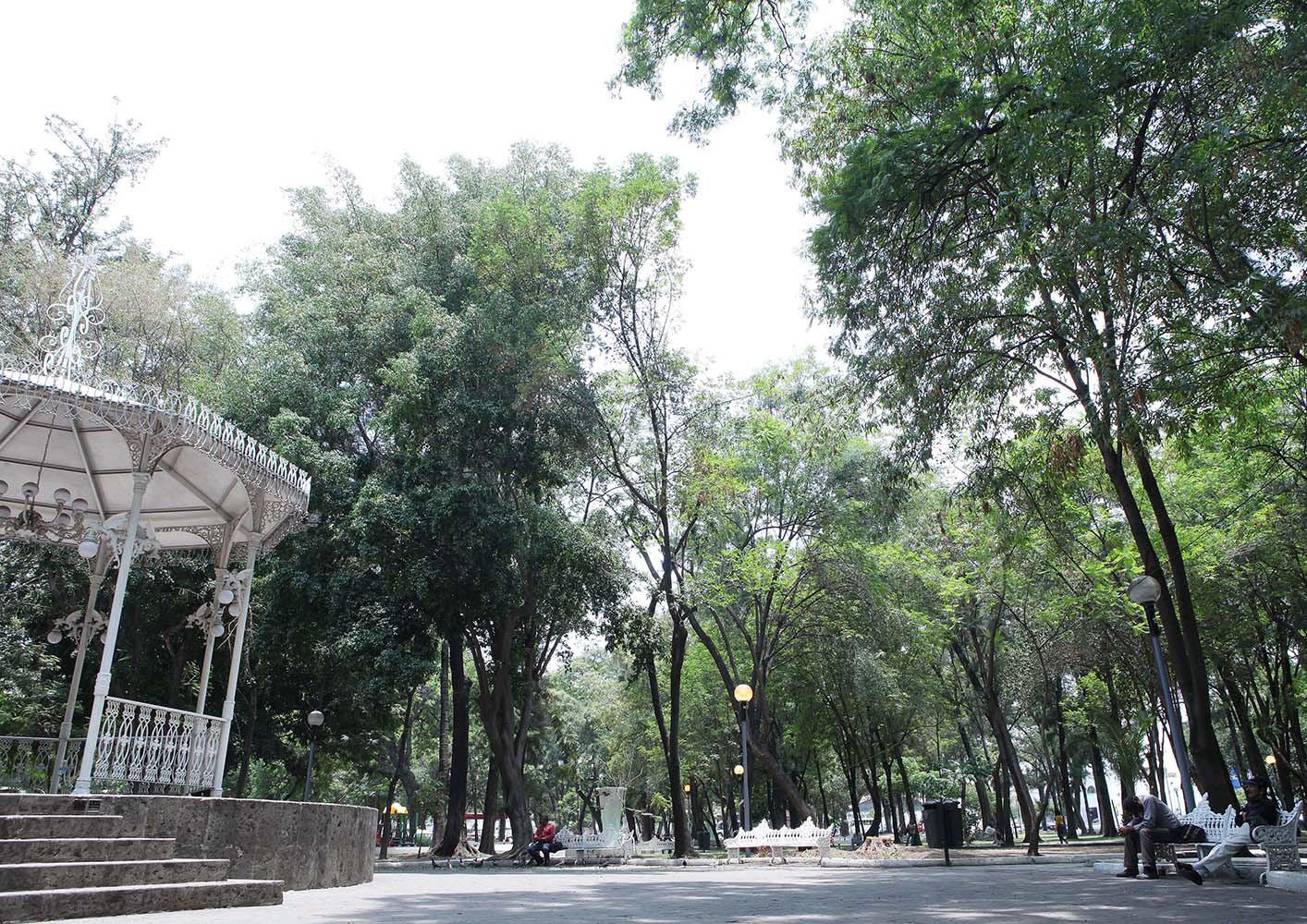
The park has renovated facilities, as well as the rehabilitation of the kiosk, placement of concrete slabs, general cleaning, 70 new benches, graffiti removal, as well as new children’s games and a mini soccer field, among other things, all this with the purpose of encouraging the neighbors for their appropriation through artistic, sports and recreational activities.
Despite the rescue and renovation work, it continues to be an area perceived, by most of society, as unsafe, with bad practices and as a focus of crime in its surroundings.
One of its main characteristics and perhaps the most significant, is that it has become a red zone, where women from an early age are located in the park and its surroundings to offer sexual services. Prostitution and delinquency are one of the projections of life that young people in the area reach the most.

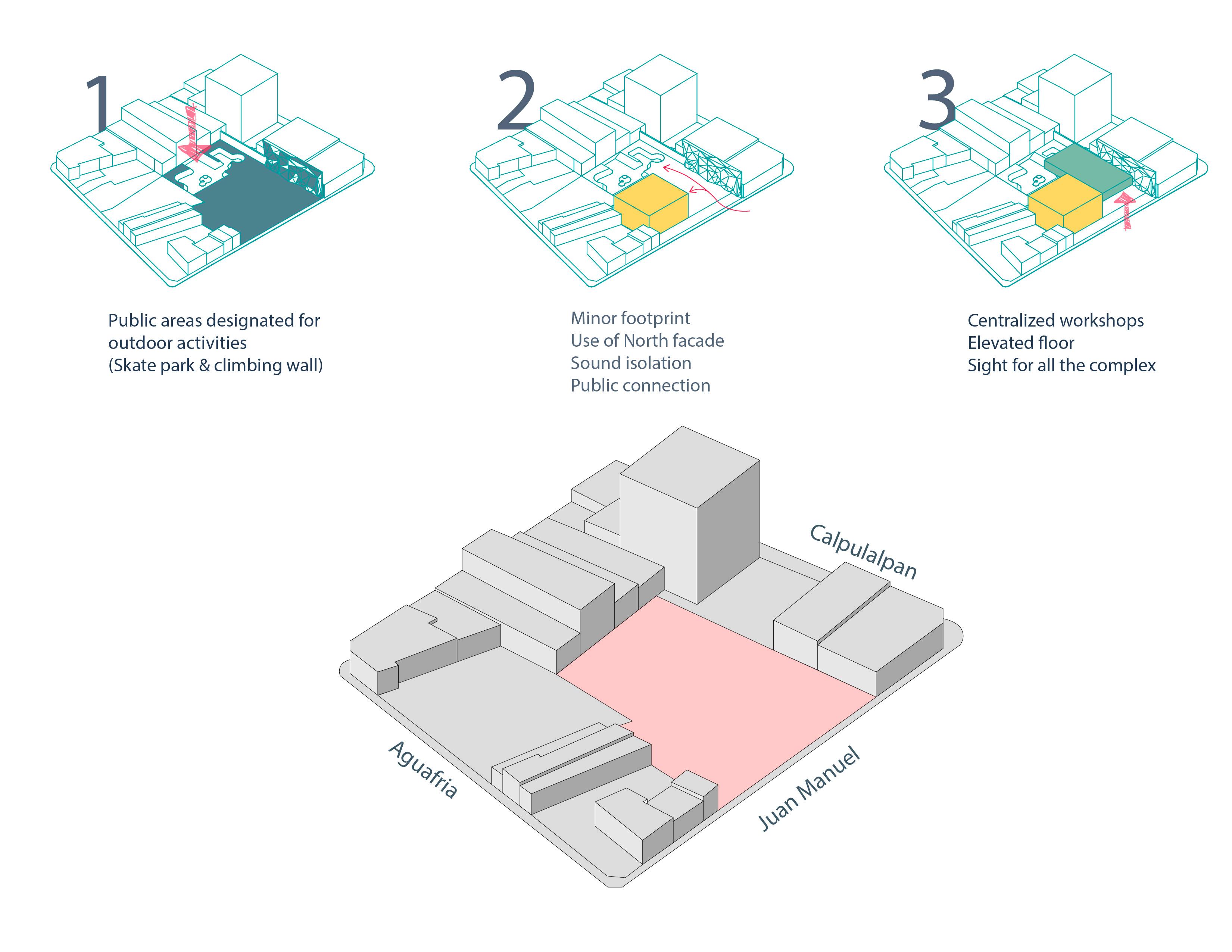


















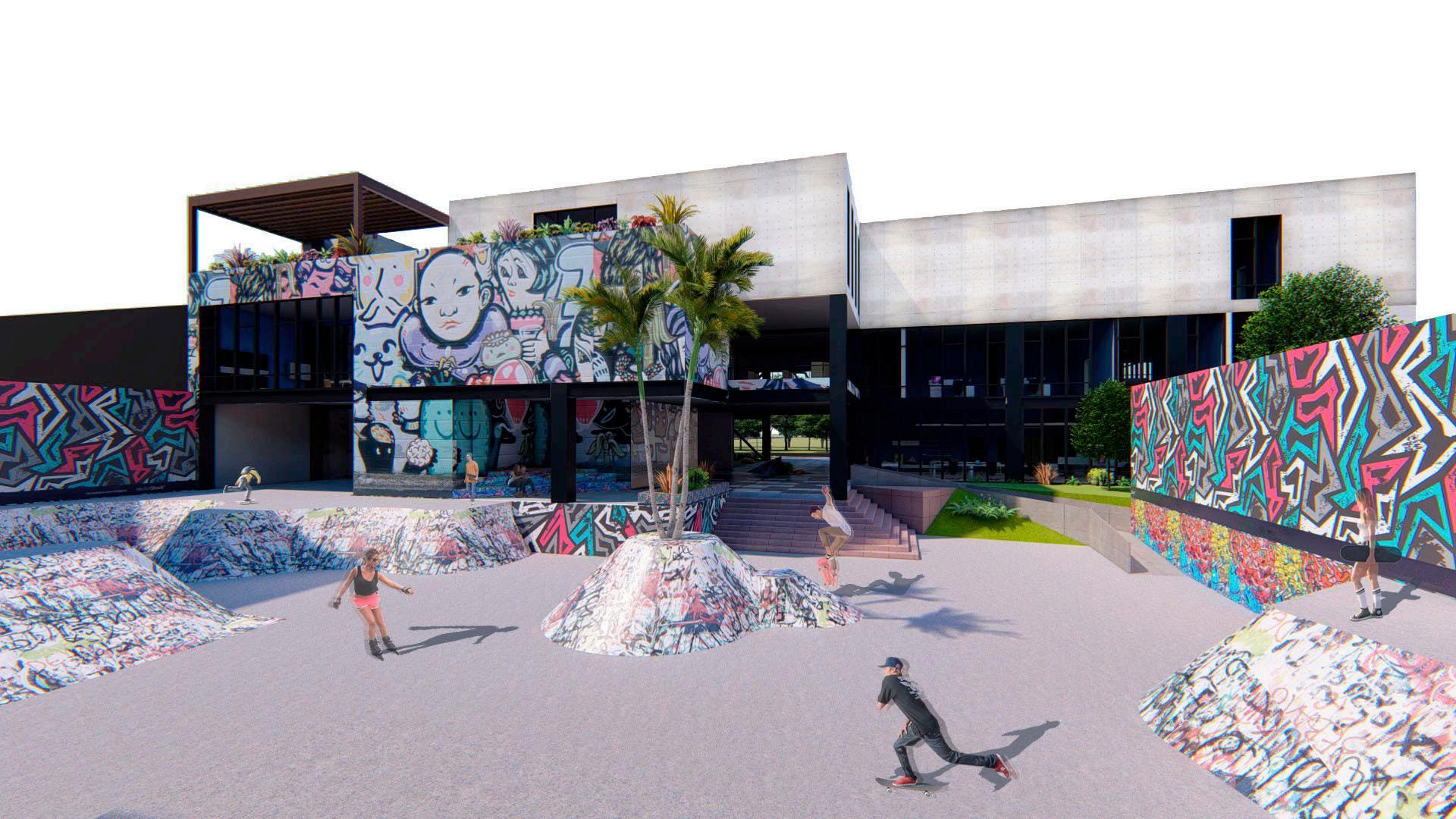
Broadcasting Office
Acoustic isolation
Underneath mat pad
Away from noise generators
Office
In armony with the rest of the complex
Underneath mat pad
DESIGN & PHOTO STUDIO
Sober and easily adapted materials for different projects
